Text
I've always had chronic fatigue. I remember being twelve, and an adult mentioned how I couldn't possibly know how tired they felt because adulthood brought levels of exhaustion I couldn't imagine. I thought about that for days in fear, because I couldn't remember the last time I didn't feel tired.
Eventually I came to terms with the fact that I was just tired, and I couldn't do as many things as everyone else. People called me lazy, and I knew that wasn't true, but there's only so many times you can say "I'm tired" before people think it's an excuse. I don't blame them. When a teenager does 20 hours of extracurriculars every week and only says "I'm too tired" when you ask them to do the dishes, it's natural to think it's an excuse. At some point, I started to think the same thing.
It didn't matter that I could barely sit up. It was probably all in my head, and if I really wanted to, I could do it.
When I learned the name for it, chronic fatigue, I thought wow, people that have that must be miserable, because I am always tired and I cannot imagine what it would feel like if it were worse.
Spoiler alert, if you've been tired for a decade, it's probably chronic fatigue.
Once I figured that out though, I thought of my energy as the same as everyone else's, just smaller in quantity. And that might be true for some people, but I've figured out recently that it absolutely isn't true for me.
I used to be like wow I have so much energy today I can do this whole list for sure! And then I'd do the dishes and have to lay down for 2 hours. Then I'd think I must gave misjudged that, I didn't have as much energy as I thought.
But the thing is - I did have enough energy for more tasks, I just didn't go about them properly.
With chronic fatigue, your maximum energy is obviously much smaller than the average person's. Doing the dishes for you might use up the same percentage of energy that it takes to do all the daily chores for someone else.
If someone without chronic fatigue was to do all the daily chores, they would take breaks. Because otherwise, they're sprinting a marathon for no reason and it would take way more energy than necessary. We have to do the same.
Put the cups in the dishwasher, take a break. Put the bowls in, take a break. So on and so forth. This may mean taking breaks every 2-5 minutes but afterwards, you get to not feel like you've run a marathon while carrying 4 people on your back.
Today, I had a moderate amount of energy. Under my old system of go till you drop, I probably could have done most of the dishes and wiped off the counter and then been dead to the world for the rest of the day.
Under the new system, I scooped litter boxes, cleaned out the fridge, took the trash out, cleaned the stove, and wiped off the counter and did all the dishes. And after all that, I still had it in me to make a simple dinner, unload the dishwasher, and tidy the kitchen.
It was complete and utter insanity. Just because I sat down whenever I felt myself getting more tired than I already was.
All this to say, take fucking breaks. It's time to unlearn the ceaseless productivity bullshit that capitalism has shoved down our throats. Its actively counterproductive. Just sit down. Drink some water. Rest your body when it needs to rest.
There will still be days where there is nothing to do but rest, and days where half a load of dishes is absolutely the most I can do. But this method has really helped me minimize those, which is so incredibly relieving.
10K notes
·
View notes
Text
This is a striped hyena appreciation post




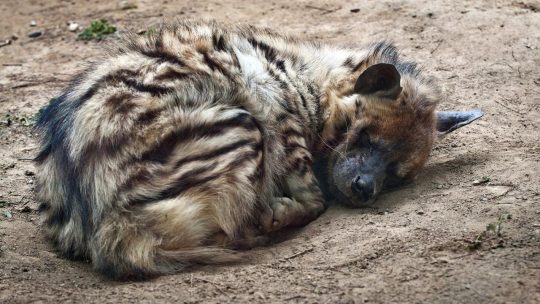

740 notes
·
View notes
Text
Arthur is going to be able to be a mount and nobody can stop me (Except the DM)
Every time I remember that they removed the ability for centaur PCs to serve as mounts I get a little bit more mad at dnd
190 notes
·
View notes
Text

[Image Source]
Ethical Breeding: How to Find a Good Cat Breeder?
Shared from The Little Carnivore
If you are looking for a kitten of a specific breed, this article is for you. I will explain everything you need to know to find an ethical breeder and the red flags you should be careful about. You will see that there are many criteria and you can’t just pick up the first ad you see: you’ll need to do some research first. If this sounds complicated, I strongly recommend that you do not compromise on this: we are talking about the health of a kitten! If you don’t want to go through all the hassle, maybe look for a kitten at your local shelter: they will know what’s best for the kittens and you can be fairly sure they’ll do all the necessary checks.
In another article, I will explain why in my opinion ethical breeding is not the cause of cat overpopulation and shouldn’t be opposed to adopting.
The Pedigree, aka a Proof
First thing first, a kitten from a breeder should have a pedigree. A pedigree is a registration paper that certifies that your kitten belongs to a breed. It also contains the genealogy of the cat (generally 4 or 5 generations). For it to be reliable, a pedigree is generally issued by a reputable cat breed registry such as the TICA, FIFé, WCF, LOOF, CFA… depending on where you live. This means that the cattery is registered at one of those associations. This is something that you should be able to verify on their website.
The pedigree is the reflection of the work of a reputable breeder: you can verify that the breeder didn’t reproduce a mother with a son, or a brother and a sister for example.
With websites such as Pawpeds, you can also calculate the inbreeding coefficient of your cat. The lower the inbreeding coefficient, generally the better. It’s recommended to stay below 5% for 10 generations.
Without a pedigree, you have no proof that your cat belongs to a breed (No, there isn’t any DNA test for cat breeds as explained in this article). If you are looking for a cat without a pedigree, why not look at your local cat shelter? You will find many awesome cats and it will be another good way to responsibly adopt a cat.
If the breeder asks for more money to give you the pedigree or claims that you don’t need one because you won’t breed the kitten: run!
All “breeders” breeding cats without a pedigree are backyard breeders.
However, finding a breeder that sells kittens with a pedigree is not enough! Many breeders breeding cats with pedigrees are not ethical nor reputable: that’s why there are many other important criteria beyond the papers.
The Kitten’s Age
A breeder shouldn’t separate the kittens from their mother until at least when they are 12 weeks old. While kittens are weaned at around 8 weeks, they keep learning essential social skills from their mother until 14 weeks old. Being removed too early from their mother and siblings may cause many behavior issues later on, often leading to the cats being abandoned. A breeder that lets their kittens go before 12 weeks isn't a good breeder.
This is very important: if the breeder is being pushy and saying things like “the mother is rejecting the kittens” or “they already use solid food and use the litter”: run!
The Kitten’s Health
A breeder must take care of the health of their kittens. This means that the kittens need to come with a health record mentioning that they were vaccinated, treated for internal and external parasites, and microchipped.
A kitten should have received the core vaccines: feline herpes virus (FHV), feline calicivirus (FCV), feline panleukopenia (FPV), and, depending on where you live, rabies. Kittens generally receive their first vaccination at around 6-8 weeks old and get a booster at around 10-12 weeks old.
In some countries like France, it’s also mandatory that the kittens come with a health certificate from a vet. I would definitely ask the breeder if they can provide one, preferably less than 7 days old.
The parents of the kittens should be tested for infectious diseases such as the Feline Leukemia Virus (FeLV) and the Feline Immunodeficiency Virus (FIV). It’s important that for every test that I mention you request the breeder to provide you with a copy of the test result.
Testing for diseases is the most basic thing to do to breed healthy cats and if a breeder isn’t making those tests they don’t have the cats’ health in their best interest. It’s easy to lie and say that the tests were done when it’s not true, so don’t trust the breeders on their words and ask for proof.
Genetic Test
Depending on the breed, the parents of the kitten should be tested for some genetic diseases with a DNA test such as hypertrophic cardiomyopathy (HCM) for the Maine Coon and Ragdoll, pyruvate kinase deficiency (PKDef) for the Norwegian Forest Cat, Maine Coon, Siberian, Bengal…, polycystic kidney disease (PKD) for the British, Persian…, and many other diseases like the progressive retinal atrophy, spinal muscular atrophy…You can find a non-exhaustive list here.
For some breeds, the breeder should also test the blood type of the cats: unknowingly mating two cats with incompatible blood types may cause neonatal isoerythrolysis, which can result in the death of the kittens.
Health Examination
Other health tests may be needed depending on the breed such as an X-ray for hip dysplasia for Maine Coons, or an echography of the heart for hypertrophic cardiomyopathy in several breeds.
White cats should also be BAER tested to verify that they are not deaf and a breeder should never mate two white cats together as it increases the risks of deafness.
You must research the test needed for the breed you are interested in.
The Health of the Queens
It’s important that breeding female cats (called queens) don’t have more than one litter a year and that they are not bred before one year old and not after 6 to 7 years old.
This is something you can verify by yourself if the breeder keeps track of the previous litters on their website.
The Look
While, if you are looking for a pet, your kitten doesn’t have to perfectly fit the breed standard, it may be interesting to read about it and see if the breeder stays close to it.
If the breeder has cats with extreme types (hypertypes), be really careful as those cats are often prone to health issues. Additionally, breeding for extreme types is almost always done at the expense of the cat's health.
About the Breeder
It’s important that you discuss with the breeder: you should have a good feeling with them. Don’t hesitate to ask them questions: they should be happy that a future family for their kitten is interested to know more about them.
Here are some questions to evaluate the motivation of the breeder: What are their goals when breeding cats? Are they aiming to improve the breed? Are health and temperament their priority before the look?
Of course, the breeder should also be able to answer questions about the kitten: its personality, the food they eat… and to send you many pictures!
In exchange, it’s normal that the breeder also asks you many questions about your house, your interest in the breed, to verify that you will be the perfect family for their kittens. The breeder will try to evaluate if your lifestyle and character will fit with the ones of the kittens.
If the breeder doesn’t want to know anything about you, that would be a bad sign!
Depending on where you live, the breeder should have done some mandatory training or have a certificate to be allowed to breed. For example, in France, breeders must have the ACACED. Another example of a reputable course for cat breeders is the one by Pawpeds: on their website, you can find a list of all the graduates.
It’s common to visit the breeder before reserving the kitten when they are around 2 months old, after their first vaccine. This is generally great so that you can see the kitten and verify that their character will fit with your family. It’s also a good chance to verify that the kittens are growing in good conditions. Do the kittens live in the breeder's house, or in cages? Is the house clean? Do the cats and kittens look healthy? You should see the mother of the kitten and the dad (except if the stud is in another cattery: in that case, the breeder should give you some information and pictures of the dad).
If the breeder attends cat shows it’s generally a good sign, as it means they are trying to breed their cats to the standard and improve the breed. However, not showing their cat isn’t necessarily a red flag as it can be costly, not all cats enjoy it, and the breeder may be afraid to get some disease transmitted to their cat.
The breeder will establish a contract that should protect both the breeder and you. A good breeder will include a clause that the kitten cannot be resold or surrendered to a shelter. If, for any reason, you cannot keep the kitten, the breeder must be notified and they will either help to rehome the cat or take it back.
Additionally, the kitten should come neutered or spayed or the contract should include a clause that the kitten must be neutered/spayed, as this would prevent irresponsible breeding.
Lastly, a breeder should be transparent: do they list all their male and female cats? With pedigree pictures and pictures of their health test? Do they provide information on their values, on their previous litters, on their retired cats?
Be Care About These Red Flags
I’m not sure this even needs to be said, but if the kittens are growing into cages that’s definitely a big red flag.
Price
If the price is too low or too high in comparison to other catteries, that would be a red flag. I can’t give you a price range as this will vary between countries and breeds, but keep this in mind. In fact, if the price is too low, it may mean that the breeder saves money on the health tests, while if the price is very high, it could just be a scam.
International Delivery
Be especially careful if the breeder offers international shipping, especially if they don’t deliver the kitten themselves. A reputable breeder will want to meet in person the future family of their kitten.
Several Breeds
A possible red flag is if the breeder is breeding several breeds, especially more than 2 breeds. This is often (but not always) a red flag. Most breeders are passionate about one breed and focus on that breed. Breeding many breeds is often a sign of running a kitten mill.
Pet Shops
I’m not even mentioning it in this article, but you should never buy a kitten from a pet shop. The kittens almost always come from mills and grew up in poor conditions without any health care. You may think “poor kitten in the small cages”, but this is part of their strategy to get you to buy the kitten. If you buy the kitten, you are giving them the money to replace this kitten with another one and supporting the business of the kitten mills.
Extraordinary Claims
A big red flag is if a breeder tells you that their cats are particularly “rare” or “special” or “unique”, or if they make any other extraordinary claim. There is surely something fishy.
For example, if someone is selling “XXL Maine Coons”, run!
Popular Breeds
If you are looking for a kitten from a popular breed such as the Maine Coon, Bengal, or British, be especially careful when choosing a breeder. If a breed is popular it means that many people are looking for kittens from that breed: a scammer who is into it for money has all the interest to “breed” a popular breed as they will have more people to scam.
So, here were all my pieces of advice on choosing a reputable breeder, though this list is not exhaustive!
I know that when you are impatient to get a new kitten you may easily fall in love with some cute pictures. However, it’s important to take into account that you are choosing a new family member that will be with you for, hopefully, the next 15 to 20 years! But not only that: if you buy a kitten from a backyard breeder or a kitten mill you are supporting their business and giving them the means to keep breeding unhealthy cats.
To conclude I would say: adopt or shop but, more importantly, do it responsibly.
[Read Article @ Source]
1K notes
·
View notes
Text

Tufted Moth (Sinna floralis), family Nolidae, India
photograph by Vishal Vijay Potdar
353 notes
·
View notes
Text
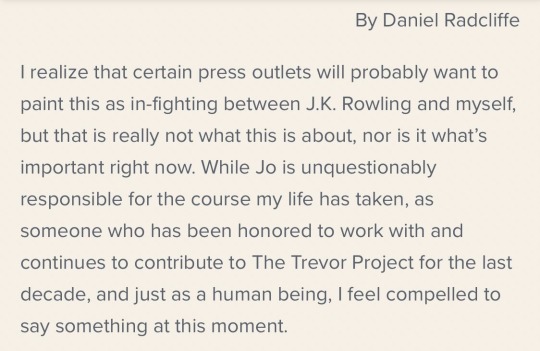
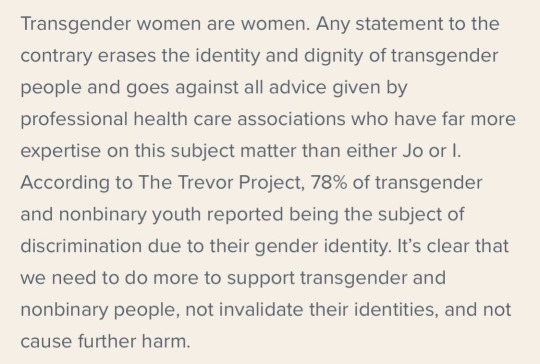



daniel radcliffe calling out j.k. rowling on her bullshit is big dick energy
147K notes
·
View notes
Text

Yeehaw I saw this coming lol
I was expecting anything but not Bard
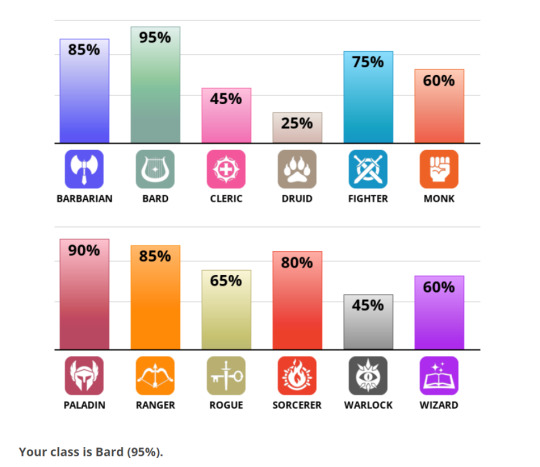
16K notes
·
View notes
Text



I am once again drawing the sinnoh starters
7K notes
·
View notes
Text
Always feels nice when your technical skill meets up with what you want for an OC! She is very cute and pretty.

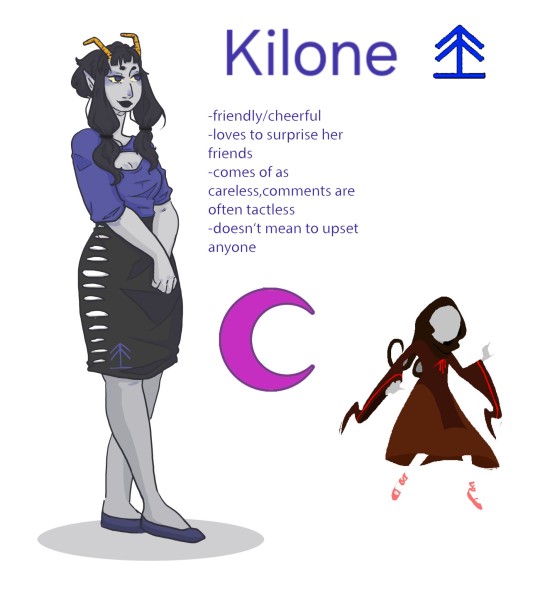
Redraw of an old Oc of mine! And finally giving her the body type I was meant to give her. Younger me really thought that was chubby huh 💀 also buff Enby Troll belongs to my Partner @peachyclown
170 notes
·
View notes
Text
hey here's a website for downloading any video or image from any website.
works w/ youtube, soundcloud, twitch, twitter (gifs and videos), tumblr (video and audio), and most other websites you're probably lookin to download stuff off of.
48K notes
·
View notes
Text

Something quick for a trend I noticed in the Warriors fandom! Was very fun :D
3 notes
·
View notes
Text

it is a huge year for saltmarsh moths. behold the ten i found in under a minute in my yard. what does it mean?
Estigmene acrea
2K notes
·
View notes
Text
oh they're WIGGLIN
happy Friday from party worms
236 notes
·
View notes
Note
Gonna commit this crime repeatedly and you can't stop me
Follow up question! Why is pineapple considered a war crime? (What did it *do*??!)
doesnt belong on pizza
53 notes
·
View notes


